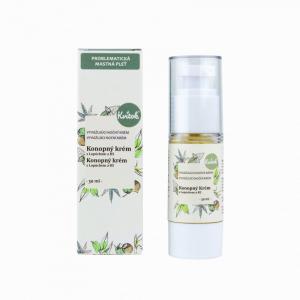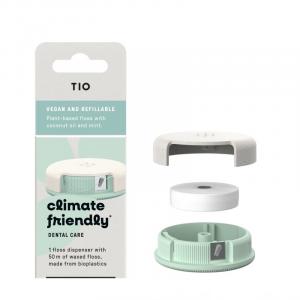Platycodon grandiflorus (Platycodon grandiflorus)
Other names: bellflower, campanula, bellflower, bellflower, Jie Geng, Platycodon chinensis, Campanula glauca, Campanula grandiflora, Platycodon glaucus, Wahlenbergia grandiflora, Baloon flower
Harm score: 1 (Natural substances)
The Platycodon grandiflora, also known as Platycodon chinensis, Campanula glauca, Campanula grandiflora, Platycodon glaucus, Wahlenbergia grandiflora, or Baloon flower, is an important plant species belonging to the Campanulaceae family. This plant, native to East Asia, is popular for its large, bell-shaped flowers, from which it gets its name. Flower colours range from white to various shades of blue and purple. Its height normally reaches between 60 and 90 cm. It grows in gardens for its aesthetic value, standing out among other flowers for its distinctive appearance.
Not only is Platycodon major a fine ornamental plant, but its parts are also used in industry and medicine. Especially in traditional Chinese medicine, the dried root of this plant, known as Jie Geng, is used, which is said to promote the health of the respiratory system, help against coughs and phlegm and improve the voice. In Korean cuisine, this plant is known as doraji and its roots are eaten either raw or cooked in various dishes such as salads, soups and barbecue mixes. Platycodon root can also be found in some herbal teas and nutritional supplements. Its flowers and leaves are also edible, but are less common in the kitchen.
You won't find this substance in our products. Try the natural, chemical-free products in our range.

Hemp Night Cream for oily skin (30 ml) - eliminates acne
Product detail